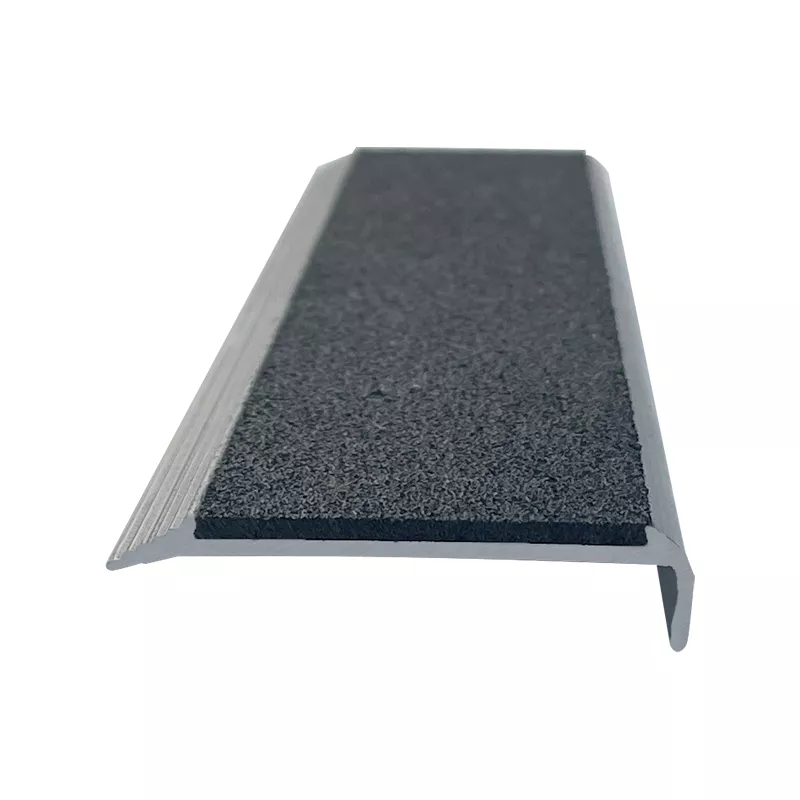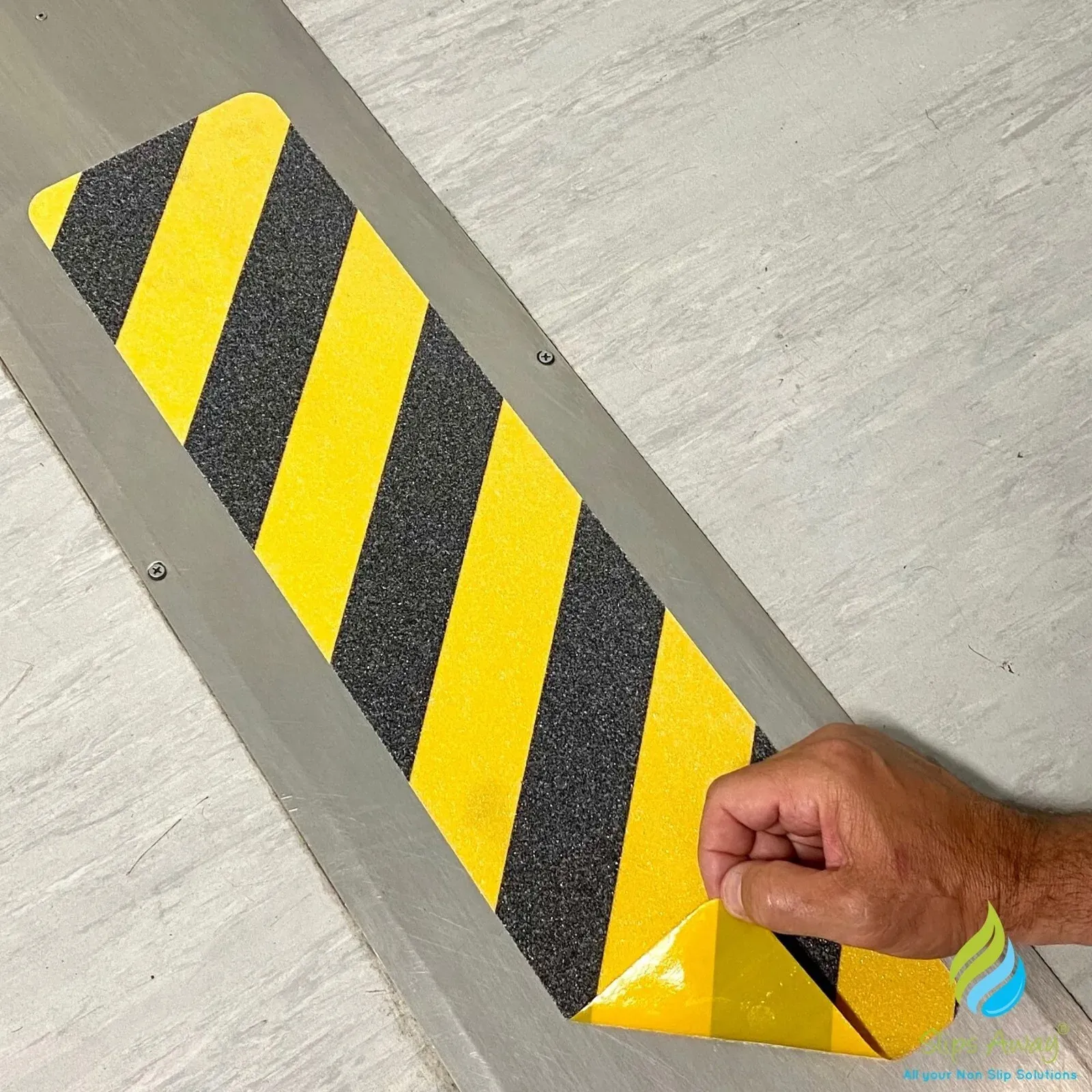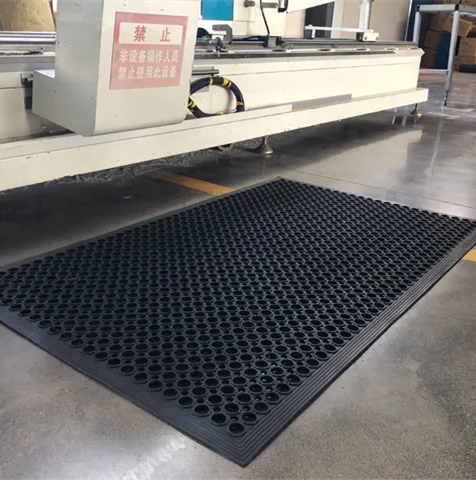
Great things in business are never done by one person. They’re done by a team of people. We have that dynamic group of peoples

The Environmental Impact of Anti-Slip Tape
The Environmental Impact of Anti-Slip Tape, examining its production, materials, and disposal, while highlighting eco-friendly alternatives.

The Importance of Safety in FRP Stair Nosings
The Importance of Safety in FRP Stair Nosings: contribute to safety, reducing slip and fall risks, providing customizable features for various environments.

Stair nosing
Our stair anti-slip strips are crafted from premium materials such as aluminum, stainless steel, brass, and rubber. These materials are selected to ensure maximum safety, durability, and longevity. Available in various sizes, colors, styles, and surface treatments, our products can be customized to meet your specific requirements.



